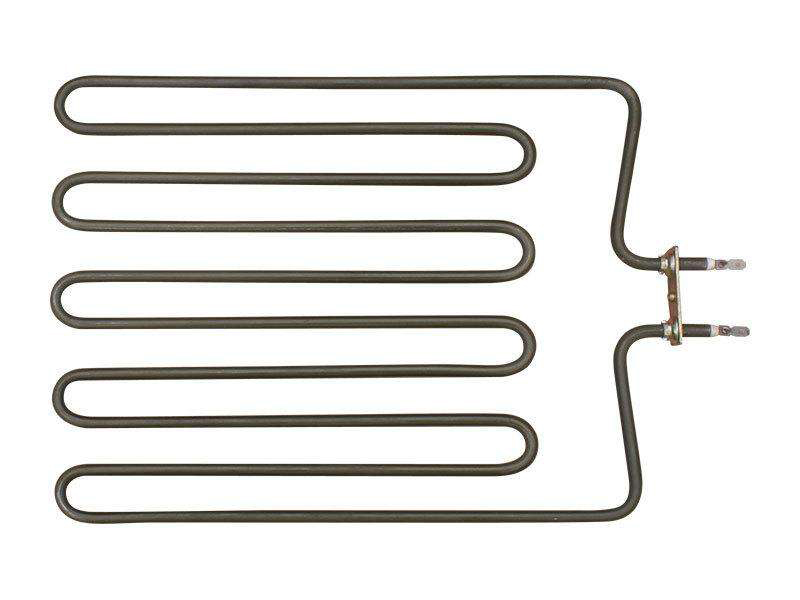Strength wire material selection and development trends have always been a hot topic in the engineering and manufacturing industries. As the demand for reliable, high performance resistance wires continues to grow, material selection and the development of new trends have become critical to meet the changing needs of various applications.
One of the key materials for resistance wire selection is nickel-chromium alloy (NiCr), which is widely used for its excellent resistance to oxidation and high temperatures. This alloy has been a popular choice for heating elements in household appliances, industrial furnaces and electric heating systems. However, with growing concerns about energy efficiency and sustainability, there is increasing interest in alternative materials such as iron-chromium-aluminium alloys (FeCrAl), which offer comparable performance but have a lower environmental impact.
In addition to material selection, the development of new trends in resistance wire technology is driving innovation in the industry. One trend worth noting is the growing demand for ultra-thin resistance wires due to the miniaturisation of electronic devices and the need for compact heating elements in various applications. This trend has led to the development of advanced manufacturing technologies to produce ultra-thin wires with precise dimensions and superior performance.


Additionally, the integration of smart technology and IoT capabilities in heating systems has led to the emergence of smart resistance wires that can be remotely controlled and monitored. This trend is changing the way heating systems are designed and operated, providing greater efficiency, flexibility and predictive maintenance capabilities.
Furthermore, advances in nanotechnology have opened up new possibilities for improving the performance of resistive cables. Nanomaterials and nanocomposites are being explored for their potential to improve the electrical and thermal properties of resistive cables, thereby increasing efficiency and durability in a variety of applications.
Overall, the choice of materials and the development of new trends in resistive cable technology are critical to meeting the ever-changing needs of modern engineering and manufacturing. As the industry continues to evolve, the focus on sustainability, energy efficiency, miniaturisation and advanced functionality will drive further innovation in resistance cable materials and technologies.
Post time: May-13-2024









